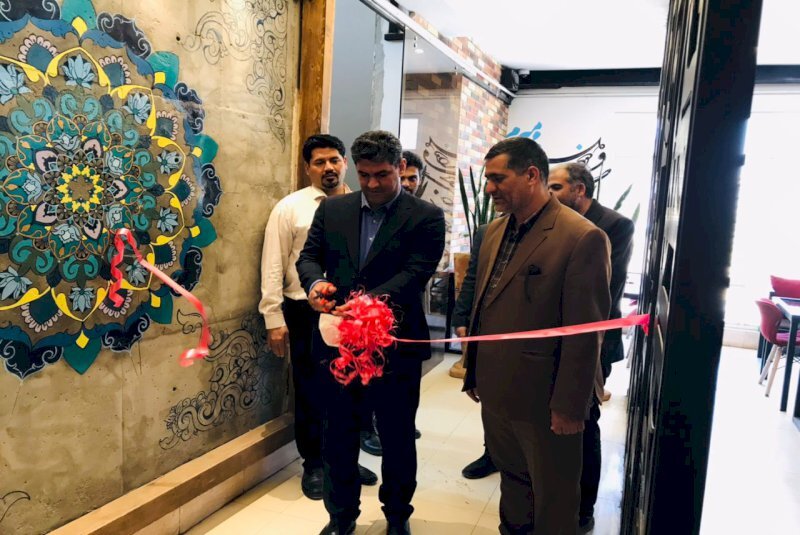Tourism projects come on stream in southeast Iran

TEHRAN–Four tourism-related projects have recently been inaugurated in the southeastern province of Sistan-Baluchestan, the deputy provincial tourism chief has said.
On the occasion of Government Week (August 24-30), four tourism-related projects came on stream in the provincial capital of Zahedan, Reza Ganjali explained on Wednesday.
The projects received an investment budget of 99 billion rials ($330,000), the official added.
The projects include two traditional restaurants and two eco-lodge units, he noted.
The city of Zahedan is located in eastern Iran, close to the Pakistani border.
There are highlands around Zahedan, so it looks like a pit. The city is home to the mountains of Oshtoran Koh, Anjir Dan, Jico, Pir Khan, and Mulk-e Siah.
Climates in this area are characterized by intense heat, aridity, and warmth. Zahedan consists of 4 parts: "Markazi", "Mir Jave", "Nosrat Abad", and "Korin", three cities, and eight rural districts.
It is an academic, cultural, historical, and religious city that has a service structure. Zahedan enjoys a privileged geographic and border location which makes it an ideal place for trade with India thanks to its convenient location on the Afghanistan-Pakistan route.
Pakistan’s railway enters Iran from the Mirjaveh border and Iran’s railway ends in this city.
By being located among the Khorasan, Kerman, and Chabahar land routes, Zahedan is one of the Iran transit routes. Zahedan’s economy depends on agriculture in addition to trade.
There are subterranean, spring, and river wells that supply the water this city needs.
This area is full of color in its literature, clothing, and music. Zahedan’s cultural diversity results from migration.
A good example of Baluch handicrafts is the Klim-bafi, needlework, Seke-dozi, and pottery. Zahedan architecture is influenced by Iran's ancient architecture due to its tropical weather.
The collective province — Sistan in the north and Baluchestan in the south — accounts for one of the driest regions of Iran, with a slight increase in rainfall from east to west and an obvious rise in humidity in the coastal regions. In ancient times, the region was a crossword in the Indus Valley and the Babylonian civilizations.
The province possesses special significance because it is located in a strategic transit location, particularly Chabahar, which is the only ocean port in Iran and the best and easiest access route of the middle Asian countries to free waters.
The vast province is home to several distinctive archaeological sites and natural attractions, including two UNESCO World Heritage sites, namely Shahr-e-Sukhteh (Burnt City) and the Lut desert.
ABU/AM
